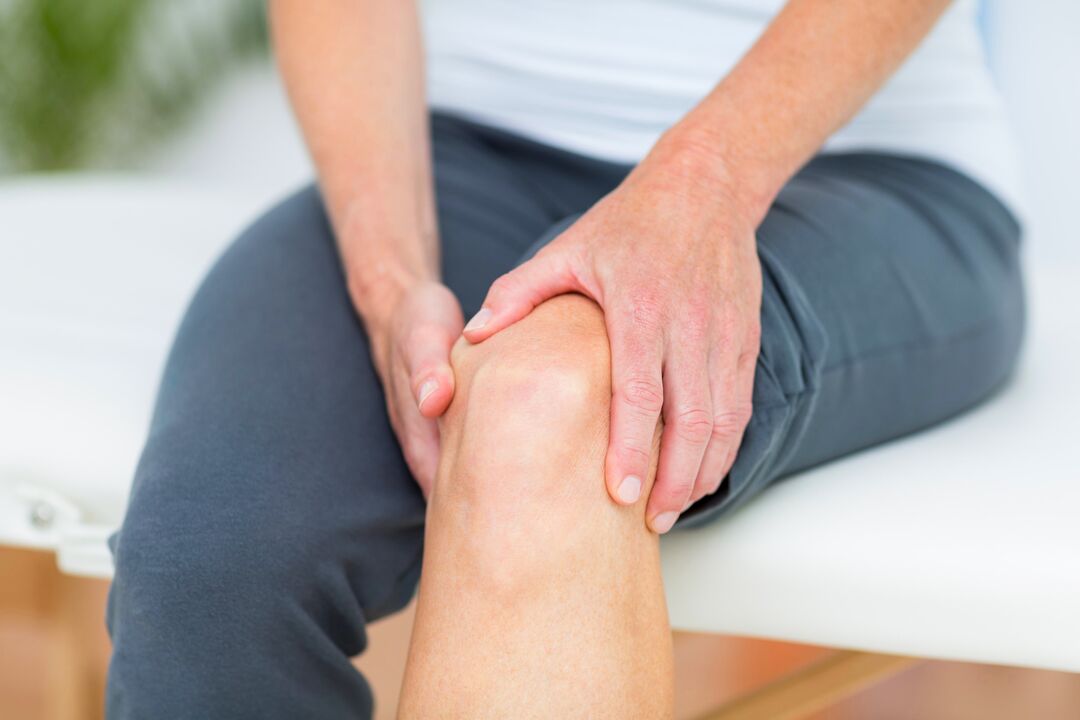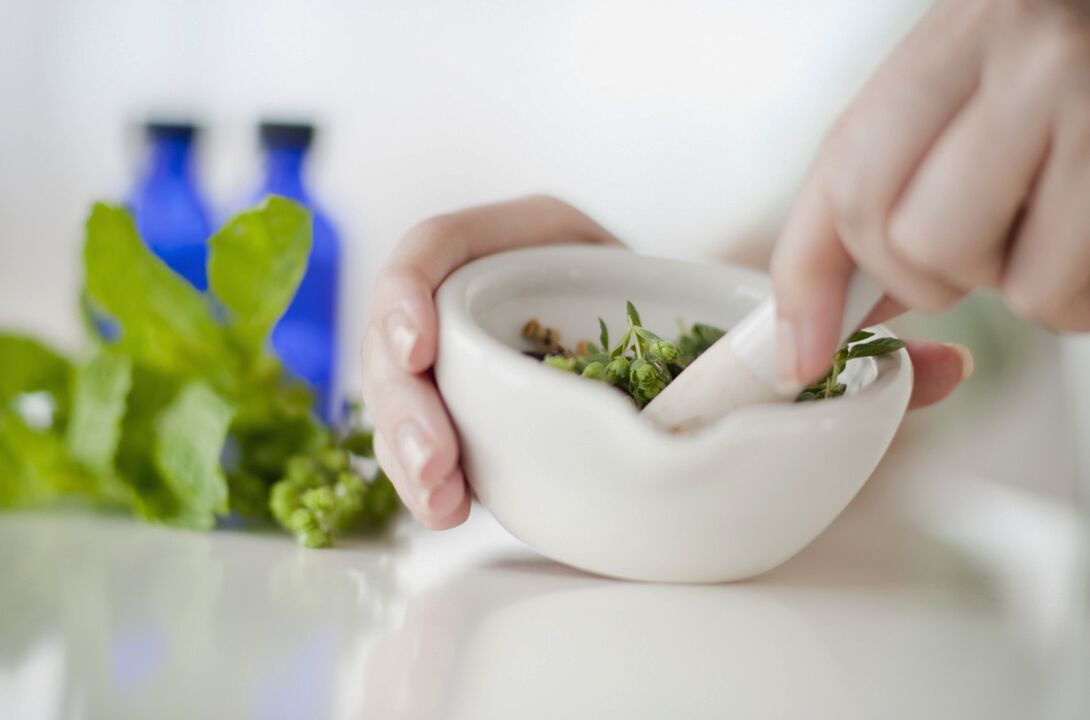In the world population, joint diseases occupy one of the first positions. A very large number of people suffer from pain in the joint tissues and are unable to perform manual labor. It's no secret that significant changes in the joint apparatus occur with age. Often the damage is irreparable. Under no circumstances should the disease be allowed to spread. It is necessary to improve the symptoms of the disease with complex therapy and physiotherapy - in this case, the joints begin to function better and the pain disappears.

In medicine, pain in the joint capsule is called "arthralgia". This disease reduces people's working ability and makes them unable to do housework. Joint pain is a symptom of many joint diseases. Osteoarthritis, gout, rheumatoid arthritis, arthritis and trauma cause pain.
Joint pain is associated with an inflammatory process. Often the pain is accompanied by swelling and redness of the skin. A person with joint pain feels relief only when he gets complete rest. When suffering from joint disease, the limbs may become numb and mobility is often limited. How can you overcome this disease and make your joints fully functional and pain-free?
Treatment medicine
Complex drug treatment includes the use of topical ointments, pills, antibiotics and pain-relieving injections. Usually, doctors prescribe chondroprotective drugs to improve cartilage condition and restore joint capsule.
The inflammatory process in the joints requires the use of agents that prevent the spread of disorders and degeneration in the subchondral tissue. Treatment of the disease depends on its nature. With joint swelling, the severity of the process can worsen the swelling of the joint structures. In this case, you need to undergo a full diagnosis to find out the cause of the pain.
Pain syndrome can cause metabolic disorders in ligaments and tendons. In such a situation, calcification accumulates. Violation of salt deposition leads to pain. Bone growth also causes severe pain. They cause difficulty in the parts of the sliding joint and prevent it from functioning properly. As a result, the person loses the ability to work.
In the complex treatment of arthritis and other joint diseases, the following are prescribed:
- Anti-inflammatory and analgesic drugs - drugs that reduce swelling, relieve pain and improve the function of the joint capsule. The drug is used topically - a small amount of the product is applied to the painful area 2-3 times a day.
- Antibiotics are used if the cause of joint pain is an infection. The products cannot be used therapeutically without a doctor's prescription. Antibiotics reduce inflammation in the joints, help fight tumors in rheumatoid arthritis, and prevent joint deformities.
- Cytostatic drugs and steroid hormones are prescribed for autoimmune processes, act at the site of inflammation and promote recovery.
- Chondroprotectors - prescribed for polyarthritis, osteoarthritis.
- Intra-articular injections - hormonal anti-inflammatory drugs are injected into the joint cavity.
To eliminate joint pain, various painkillers and anti-inflammatory ointments are used. A drug containing a phenylacetic acid derivative has been shown to be good in treatment. The ointment is quickly absorbed, its components bind to proteins in the blood. Apply ointment to the problem area 3-4 times a day. The drug is used with caution in cases of exacerbation of kidney disease. A transdermal patch used to relieve joint pain. The drug is contraindicated during pregnancy and lactation.
Physical therapy
For joint pain, electrophoresis treatment is widely applied. This physiotherapy technique allows you to eliminate the inflammatory process, pain and improve joint mobility. Electrophoresis helps prevent the development of complications of the disease and eliminate pathology at an early stage. This method is gentle and has no negative impact on the human body. Electrophoresis is also known as iontophoresis. The treatment method is based on the impact of direct current, ensuring the delivery of necessary pharmaceutical substances to the inflammation site.
Electrophoresis treatment has vasodilating, relaxing, and pain-relieving effects. The method helps resolve infiltrates and drug accumulation in joint tissue. The main indications for electrophoresis are the following joint diseases:
- knee arthritis;
- intercostal osteoarthritis;
- hip dysplasia;
- elbow and shoulder injuries;
- ankle joint damage.
The use of local analgesics and anti-inflammatory drugs ensures rapid elimination of the inflammatory process and recovery. Exposure to UHF stimulates blood flow, enhances blood microcirculation and activates the necessary recovery processes in the joint capsule. This therapy provides excellent pain relief and in some cases completely restores the patient's ability to work. Low-intensity exposure to UHF devices helps eliminate free radicals. This technique is often combined with intra-articular injection of vasodilators. Physical therapy can prolong remission of joint disease.
Joint therapy should be comprehensive. Physiotherapy procedures also include UV irradiation, therapeutic baths, magnetic therapy and paraffin baths. Electrophoresis can be replaced by ultrasound. Under its effect, drug ions are quickly delivered to joint tissue. High-frequency sound waves have a positive effect and increase metabolism in the joint apparatus.
Magnetotherapy is a physical therapy method for treating joints based on the influence of eddy magnetic fields. Magnetic vortex:
- warms joint tissues;
- improves blood and lymph flow in the joint apparatus;
- stabilizes vascular tone;
- reduces inflammation;
- eliminate pain.
Magnetic therapy has a beneficial effect on the rheological properties of blood clots. Physiotherapeutic procedures activate the necessary restorative reactions in the patient's body and improve metabolic processes. This method has a few contraindications. Physiotherapy cannot be performed if there is a tumor, tuberculosis, epilepsy or pregnancy.
Infrared laser therapy is a method that helps improve joint health. Physical therapy procedures are usually performed daily. At first, their intensity is prescribed by a medical professional. The laser has a positive effect on the condition of the joint apparatus. This method is effective for diseases of the spine, neck and lumbar region. The laser reduces the sensitivity of the nerve roots, helping to relieve pain in the lower back, neck and back.
For arthritis, massage is also used. It helps warm joint tissue and improve blood supply to the joints. Various kneading, stroking, rubbing movements are used. Massage helps stabilize the tone of blood vessels in the joint capsule, improving blood supply to the entire ligamentous apparatus.
The use of radon and hydrogen sulfide baths has a beneficial effect on sore joints. These procedures help eliminate pain, improve blood supply to the joints and activate regenerative reactions in the painful body. During the bath, blood circulation in the joint apparatus is normalized.
Ozocerite therapy has become a new step in the treatment of joint pain. This method is based on the action of ozokerite. This petroleum product contains beneficial essential oils, slurries and resins. These substances have a powerful healing effect on diseased joint tissue. Ozokerite has a warming effect and is used topically on diseased areas of the body. Physiotherapy is a treatment method prescribed by the attending physician. It must definitely be used in the comprehensive elimination of joint diseases.
Traditional method
Traditional medicine and herbal medicine are effective aids in eliminating joint pain. Traditional recipes help to avoid surgical intervention and restore the health of diseased joints. There are several treatment options:

- Treatment with a plant like cinquefoil will help a lot. This herb perfectly relieves pain, restores the structure of cartilage and bones, and also prevents the deposition of salts. The treatment uses the dried roots of the herb. Take a tablespoon of ingredients, pour boiling water and leave in a water bath. Take the infusion three times a day after meals. The herb itself is also used in therapy. It is crushed, poured with 150 ml of alcohol and infused for three weeks. The medicine is diluted with drinking water before use. Take the product one tablespoon three times on an empty stomach.
- An ointment can be prepared from the rhizome of cinquefoil leaves to treat joints. To do this, crushed vegetable ingredients are seasoned with melted lard. The mixture is heated over fire, stirring well. The herbal remedy is heated for four hours, then left to cool. Store the ointment in the refrigerator. Before applying to problem areas of the body, the product is slightly warmed.
- Burdock root is also suitable for treating joint pain. They are harvested in the second year of the plant's life. To prevent the roots from losing biological activity, do not wash them. Before use, the rhizome is cleaned, crushed and boiled. The broth is covered and allowed to brew. Drink 1/3 cup of product. It can also be used as a compress.
- A mixture of lemon and celery helps remove harmful substances from diseased joints and begins the recovery process. Lemon peel should be scrolled in a meat grinder along with celery roots and leaves. The mixture is infused for seven days, the cake is pressed out and a small amount of honey is added. The resulting product is stored in the refrigerator. The drug is taken orally in one tablespoon. The mixture cleans the joint well and regenerates its structural tissues.
- Wash the potatoes with the skin, cut the product into pieces, add water and cook for more than an hour. The decoction is filtered and drunk three times a day on an empty stomach for about 2 weeks.
To improve the condition of joint tissues, older people should eat bran. They remove toxins from the body, cleanse the lymph and blood. Bran porridge is consumed in the morning on an empty stomach. The course of medication is at least 1 month. During this time, the joints are cleansed of harmful toxins and their mobility improves.
A good remedy for treating joints is bay leaves. A decoction is prepared from this dried plant - take about 20 leaves, boil, steep and drink during the day. The product is distributed in multiple doses.
Golden mustache ointment effectively removes salt deposits and is used for arthrosis and arthrosis. The product is made from plant juice, pressed from crushed plants. Baby cream or Vaseline is added to vegetable juice. The product is rubbed into the problem part of the body 1-2 times a day. Volume can also be used as a compression. The product is applied to gauze, applied to the painful area, bandaged and left for about an hour.
Food Service
A reasonable diet plays an important role in the treatment of joint diseases. To improve the condition of cartilage tissue, it is useful to consume jelly meat, aspic. These dishes help restore synovial fluid and slow down the development of joint diseases. Jelly meat contains many useful substances, collagen and protein. They improve the composition of human cartilage and bones and restore the ligamentous apparatus. Substances contained in jelly meat prevent thinning of cartilage and bones, their deformation and the development of the inflammatory process. Other dishes containing gelatin are also suitable for treating joint diseases.
The source of collagen needed for joints is chicken cartilage. It contains useful protein compounds that help replenish collagen reserves in the human body. On an empty stomach in the morning you need to eat a spoonful of ground chicken cartilage. The remedy can be washed down with orange blossom nectar. In addition, to improve joint function, people also use this remedy - boiling chicken knees for a long time. Drink chicken knee decoction daily in small quantities. The broth is diluted with water.
Comprehensive treatment and proper nutrition will help achieve stable remission of joint disease and long-term pain relief in the knees, elbows, fingers, back and neck.




























